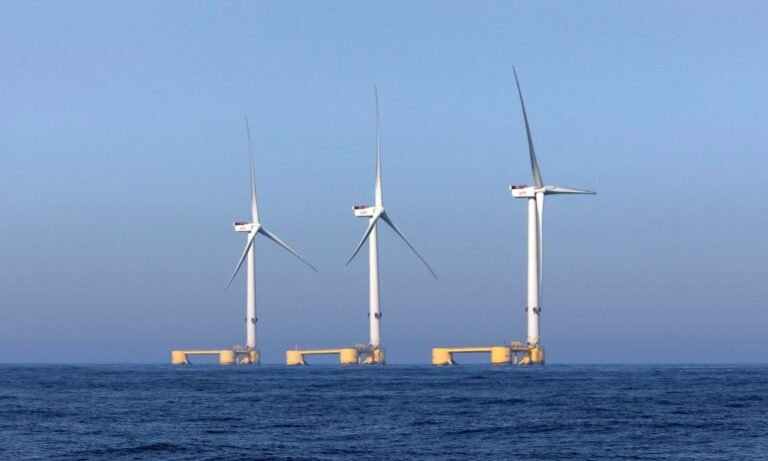Norway Shifts Focus to Floating Offshore Wind Projects
The Norwegian government has made a strategic decision to pivot its attention from fixed-bottom offshore wind projects to floating wind initiatives. This shift comes after the recent cancellation of the tender for the Sørvest F offshore wind area due to the high grid costs associated with the project.
The Sørvest F area was slated to be open for bidding later this year, following the success of the Sørlige Nordsjø II project, which was awarded to a partnership between Parkwind and Ingka Investments in 2024.
However, the decision to scrap the tender for Sørvest F was prompted by a study conducted by the transmission system operator Statnett, which explored various solutions for connecting a new offshore wind farm in the area to the onshore grid.
The study identified five potential solutions, with four involving hybrid concepts that would connect the area to both Norway and neighboring countries. Only one solution focused on connecting the area solely to the mainland. It became evident that the hybrid solutions would require significant technological development and government support to become feasible.
Terje Aasland, Norway’s Minister of Energy, emphasized the challenges posed by the high costs of offshore wind production and grid solutions. He stated, “Offshore wind production will need substantial government support, regardless of the chosen grid solution. Therefore, we will prioritize floating projects over fixed-bottom offshore wind.”
Aasland also highlighted the importance of avoiding the pitfalls experienced by other European countries, such as Germany, in managing their power systems efficiently.
One of the key advantages of floating offshore wind projects is their ability to be connected to the Norwegian mainland through single-point connections, simplifying the grid infrastructure requirements.
By focusing on floating wind projects, Norway aims to leverage its expertise in offshore technology and renewable energy to drive sustainable growth in the sector while minimizing grid costs and environmental impact.

